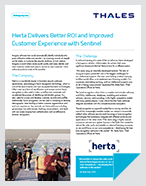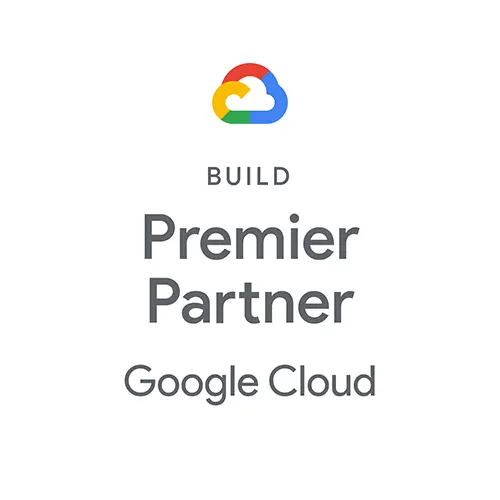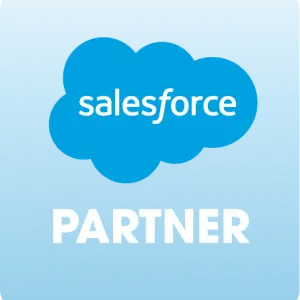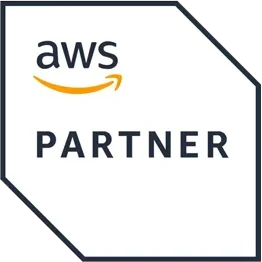What is Software Piracy?
 Software piracy is the illegal copying, distributing, sharing, selling or use of software, whether intentional or not. Software piracy examples include activities such as an end-user installing a single-use license on multiple computers, a holidaymaker buying a pirated copy of a piece of software in the Far East or the mass distribution of illegally obtained software.
Software piracy is the illegal copying, distributing, sharing, selling or use of software, whether intentional or not. Software piracy examples include activities such as an end-user installing a single-use license on multiple computers, a holidaymaker buying a pirated copy of a piece of software in the Far East or the mass distribution of illegally obtained software.
Since there are so many types of activities that fall under the category of piracy, knowing how to answer the question “what is software piracy” is something all software users should be able to do.
That’s because many people regularly commit acts of software piracy without being aware of exactly what software piracy is - or even that they are doing anything they shouldn’t be - and it’s costing IT companies big money.
Software piracy history
When thinking about how to prevent software piracy, it's important to understand that software piracy is nothing new and that it’s continually evolving. If you had asked “what is software piracy?” in the early days of computing, you’d have discovered that the “pirates” were mostly computing enthusiasts sharing or swapping basic applications on a one-to-one basis. After all, there wasn’t too much that computers could do back then other than run basic programs and the question of how to prevent software piracy wasn’t even being asked.
As home computing became more common, and copying and sharing technologies - not to mention usage - became more sophisticated. Consequently, software piracy has ramped up to where it now costs developers and companies billions of dollars a year and the definition of what software piracy is has expanded to include everything from counterfeiting to hard disk loading.
While there have been laws in place almost from the start of the home computing age in the mid-to-late 1970s, these legal deterrents, coupled with other software piracy protection techniques, haven’t been enough to stem the tide of software piracy.
For example, the Computer Software Copyright Act of 1980 was the first to safeguard developers and their rights were boosted further when the United States Patent Office began to issue patents to developers in 1989.
How much do IT companies lose to different types of software piracy?
Organized software piracy is costly for IT companies, but this is only part of the problem. Software and IT companies are also losing revenue and profits due to end users who commit acts of software piracy without even realizing that what they are doing is illegal.
According to the latest figures released by the BSA Software Alliance in 2018, 37 percent of software installed on personal computers is unlicensed (though given the current pandemic and the increase in people working from home, it’s likely to be even higher). Using unlicensed software puts companies at increased risk of malware infections, which can cripple a company’s network. In fact, installing unlicensed software or buying a computer with unlicensed software installed has a one-in-three chance of encountering malware.
The BSA estimates each malware attack can cost a company $2.4 million on average and can take up to 50 days to resolve. The organization estimates that losses due to malware cost companies around $359 billion a year while the loss of unlicensed software to software companies is $46 billion.
Knowing these dangers is a key reason for people to understand what software piracy is and the potential pitfalls they could encounter if they use pirated software
What are some of the most common types of software piracy?
While all types of software piracy are illegal, many people would be shocked to discover that something they probably haven’t even thought about constitutes software piracy. Then there are those who understand exactly what software piracy is and indulge in activities that run counter to the law.
The former includes people who make honest (but still criminal) mistakes, such as installing a program on more computers than they are licensed to because they aren’t specifically told that they shouldn’t.
The latter includes those who operate with malicious intent to copy and distribute pirated software or seek out pirated software because they know it is cheaper than the official version.
In between, there’s a type of piracy that could be defined as “casual,” which includes the example of someone buying pirated software from an unlicensed buyer, in the Far East, for example. Even this isolated act would be defined under the banner of what software piracy is.
What are some common software piracy examples?
There are plenty of types of software piracy, some more well known than others, including:
- Counterfeiting
- End-user piracy
- Internet piracy
- Hard disk loading
- Client-server overuse
Counterfeiting
Counterfeiting, or illegally copying and distributing or selling copyrighted material, is the first thing most people would say if they were asked what is software piracy? While there are many people who would not knowingly purchase counterfeit products, one of the challenges software developers face is that counterfeiters are skilled at producing products that closely resemble the original (genuine) products. These include license agreements manuals, registration cards and security features alongside the copy of the software program.
End-User Piracy
Another common software piracy example happens when people make copies of a piece of software or use a software licensed for a single user on multiple computers. This type of software piracy is known as end-user piracy. It also happens when people manage to take advantage of software upgrade offers, even if they don’t have a legal copy of the software to upgrade or when they use non-retail or restricted software without the correct license.
Internet Piracy
With an increasing number of people downloading software directly from a publisher’s website, they need to ensure the site they are downloading from is official rather than a pirated lookalike. That might sound obvious, but it can be easier said than done and setting up near-identical sites is just one of the common software piracy examples that can trick end-users into using pirated software unintentionally. To minimize the chances of being caught out by such software piracy examples, users should also avoid other sites where they risk downloading pirated software such as websites offering free software downloads to users in exchange for other software, auction sites that sell outdated or counterfeit software and peer-to-peer networks.
Hard Disk Loading
Another software piracy example is known as hard disk loading. This is the name given to one of the types of software piracy that happens when a business installs unauthorized copies of software onto the hard disks of any computers it sells. But they’re not being generous. Far from it. They’re trying to encourage consumers or end-users to come back to them to buy software or upgrade their existing software.
Client-Server Overuse
Similar to end-user piracy, client-server overuse is another of the types of software piracy that occurs when the number of users who are using a particular software exceeds the number of licenses a company has for it. This can happen, for example, when a program is installed on a local area network rather than an individual computer. That means instead of being limited to a single user, multiple people can use the software at the same time.
CPL Thales software protection techniques
Although it might seem impossible to stay ahead of the software pirates, CPL Thales has a range of security and software licensing solutions that offer effective defense against an array of software piracy examples. Among CPL Thales’ solutions to help stop piracy are:
Thales Sentinel LDK
Thales Sentinel LDK is an out-of-the-box software protection, licensing and entitlement management solution that reduces the risk of software piracy, software security and software licensing solutions. It allows vendors to offer a variety of license models to flexibly price and package products creating new revenue opportunities and enhancing customer satisfaction.
Sentinel HL Hardware Keys
Sentinel HL Hardware Keys give easy access to out-of-the box license models that can be seamlessly updated in the field, all within a secure, compact, and robust token. It maintains full backward compatibility with existing Sentinel HASP HL, Hardlock, and Sentinel SuperPro implementations and enables access to future innovation with Sentinel LDK.
Using CPL Thales’ software piracy protection techniques and solutions gives technology and software vendors insights into and control of how their applications are used. By putting safeguards into place to enforce licensing terms and conditions, companies can be assured their products are not being used or distributed without their authorization, helping them keep one step ahead of the software pirates. Contact a software piracy expert today!

Defend and Protect Intellectual Property Against Threats
Defending Against The Quadruple Threat to Intellectual Property - White PaperTechnology and innovation have never moved faster and most of it involved software in form or another. Learn how Thales can help you protect against the quadruple threat of intellectual property...

Simplify Internal Licensing Processes - Herta Case Study
Simplify Internal Licensing Processes While Embracing Flexible Licensing - HERTA Case StudyHERTA Security Imagine a software technology that could automatically identify individuals that pose a threat to safety and security – by scanning crowds of people on the streets,...



